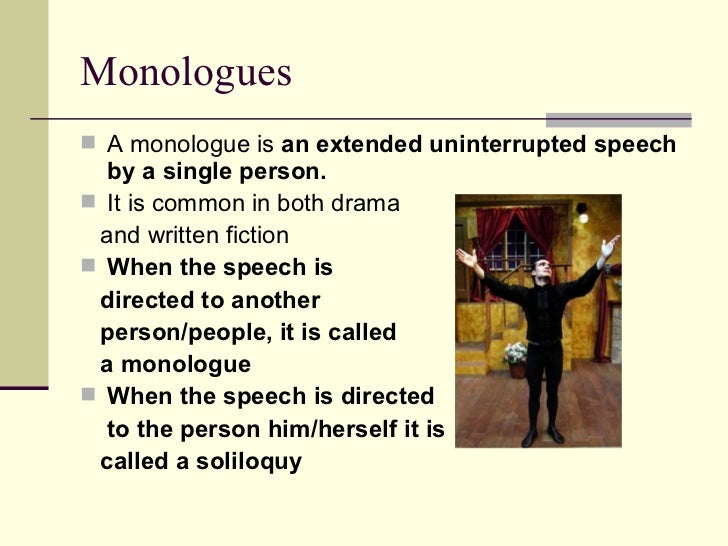Use vocabulary from this site in your work.
What is funny?
Comedy is not a science, it's art. Therefore
there are no rules and it can be very subjective. What
one
person finds funny another might cringe at.
One thing worth noting is that when
analysing comedy and what is funny, it is almost like it
is only visible out of the corner of your eye. As soon
as you try and look directly at it and analyse it too much...
all of the funniness disappears...
Why do we find
things funny? Why does this reaction force us to convulse
and make that noise?
I have no idea.
There is no simple
answer to why something is funny... Something is funny
because
it captures a moment, it contains an element of simple
truth, it is something that we have always known for eternity
and
yet are hearing it now out loud for the first time.
I think that our need to feel intelligent
comes into play a lot in finding things funny... maybe humour
is actually the overwhelming joy at feeling intelligent.
Somebody tries to put on their shoes standing up and falls
over in the process. They look foolish, we therefore feel
intelligent as we are not the one falling over trying to
put on shoes.
We laugh.
Someone makes a clever joke and
only a few people get it. If we get the joke we recognise
the person as being clever and feel clever ourselves as
we understood the concept.
We laugh.
So is humour partly
to do with self congratualtion at being intelligent?
Comedy is full of opposites and contradictions.
Something is funny
because...
1. ...It is expected
A woman buys white
coat she has been saving up for for ages. She tells the
shop
keeper she has dreamed of wearing it for months and been
saving up. The shop keeper says that this is the last one
in stock. We see the woman's gleeful face as she tries
on
her new lovely white coat.
We cut to a scene of a park
keeper painting a bench black... oh and let's really overstate
it... he's painting the bench black by the zebra enclosure
in a zoo. We know what's going to happen already. The comedy
is in the anticipation and expectation as we build up to
the inevitable moment where she sits on the wet black bench
in her new white coat and ends up with black stripes across
her back.
2. ...it is unexpected
A hunter is
out hunting rabbits. He finds a rabbit
hole and
sends his dog down. After five minutes of nothing he sticks
his head down the hole to find the rabbit and dog playing
cards.
Or let's go for a twist... That same
woman buys her
white coat and approaches the wet black bench.
"Look out!"
yells the zoo keeper.
" Oh thanks," says the woman, "I almost
sat on that."
An escaped lion leaps in from the side and
mauls her.
3. ...it is familiar
A woman places
a tin in her trolley and turns to fetch another. While
she is not
looking, her trolley rolls away sideways. We laugh a
knowing laugh as we recognise the age old problem of shopping
trolleys
rolling sideways.
4. ...it is
unfamiliar
A woman places a tin in her trolley and turns to fetch another.
While she is not looking, her trolley floats up into the
air out of sight. We laugh a shocked laugh as we didn't
expect that.





